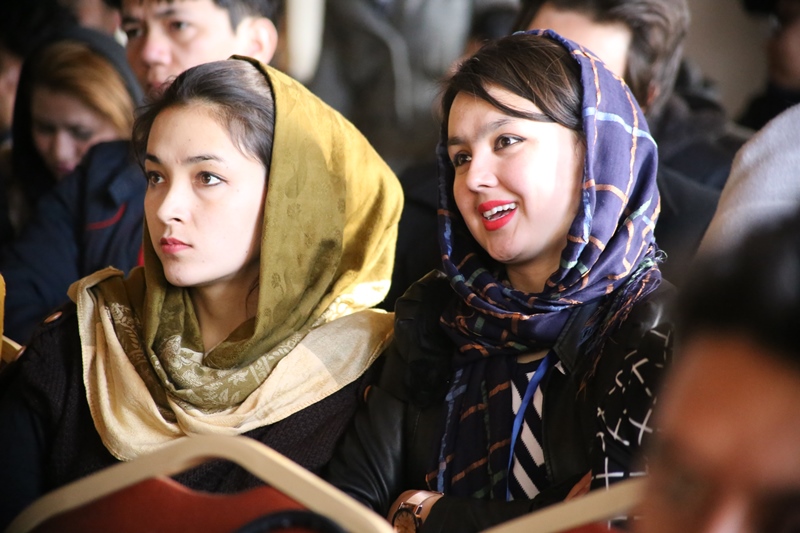By Ogova Ondego
Published March 22, 2008
Kenya is sending a delegation to the World Travel Fair in Shanghai, China, on March 28, 2008 to help re-build confidence in the country as a leading tourist destination after the violence that wreaked havoc on the country’s tourism sector in January and February 2008 following a dispute on the presidential poll results on December 30, 2007. OGOVA ONDEGO writes.
The delegation, according to Rebecca Nabutola, the permanent secretary in the ministry of tourism and wildlife, will hold meetings in Shanghai, Guangzhou and Hong Kong. Saying the country had lost an estimated Sh15 billion (US$231 million) due to violence, Nabutola said the government had spent some Sh1.2 billion (US$18.5 million) on marketing the country locally and abroad since then.
On March 17, 2008, President Mwai Kibaki created a state corporation, the Brand Kenya Board, “to establish a brand for Kenya which will position the country optimally in terms of investment, credit-worthiness, tourism and international relations.”
RELATED: Social Networking Holds the Key to the Future of Tourism and Travel Industry
China’s Travel & Tourism Demand will, according to the World Travel and Tourism Council (WTTC), grow four-fold by 2018. This will account for US$2,465 billion, with an annual growth rate of 8.9%. But even before then, China’s travel and tourism economy is expected to jump from the fourth to second the position after the US. With a population of 1.3 billion, China is a market that one seeking to diversify one’s source market ignores at one’s own peril, Nabutola says.
Kenya is increasingly becoming a popular business and holiday destination for the Chinese since 2003 when China granted her the Approved Tourist Destination Status. The Kenya Tourist Board (KTB), that is mandated to market the country locally and internationally, has created a website targeting the Chinese market.
RELATED: Why Emergency Management Should be Integrated in Tourism
Besides targeting international tourists, Kenya is also laying stress on domestic
travellers as well. Accordingly, the Kenya Wildlife Service is offering free entry to Kenya residents below the age of 18 years between March 21 and April 30, 2008 as part of its support to the rejuvenation efforts to market domestic tourism.
Hotels and resorts in Kenya are coming up with lower rates for Kenyan and East African residents as well. In a past interview, Dr Ongong’a Achieng, managing director of KTB, had said that domestic tourism was a neglected area its large size notwithstanding. Moreover, Dr Achieng said, ‘domestic tourism’ was not defined.
He added that Kenyans need to learn that tourism is not a ‘foreign thing’ or a ‘rich man’s enterprise’. Instead, he said, “We are putting emphasis on encouraging Kenyans to discover their own country.” But it seems that local tourism is only encouraged whenever its international counterpart is threatened as happened in December 2007.
RELATED: More Beds Needed in Tanzania as Tourism Grows
Meanwhile Tanzania is spending some US$1 million on television and outdoor advertising in the United States of America.Marketed under the banner of ‘Tanzania: the land of Kilimanjaro, Zanzibar and the Serengeti’, the campaign targets at least 400,000 more tourists to bring its annual number of tourists from the current 612,000 to at least one million per year. It is also expected that the campaign will generate at least US$1 billion revenue annually, up from US$700,000, by 2010.
RELATED: Seychelles moves into the World of Carnivals
Gail Enid Zimmer, an American tourist and culture enthusiast on the Serengeti plains President Jakaya Kikwete of Tanzania is set to chair the 8th Leon Sullivan Summit on Tourism (June 2 – 6, 2008) in Arusha, Tanzania. This conference, on the theme “Tourism and Infrastructure Development,” is expected to bring some 4,000 delegates drawn mainly from the US and Africa to Tanzania. But what do Kenya and Tanzania offer travellers?
Kenya and Tanzania share the 2500 sq kilometre Serengeti-Mara ecosystem that is world-famous for its annual great migration of 1.5 million wildebeest, 250000 Burchell’s zebra and 500,000 Thomson’s gazelle. In fact the Maasai Mara National Reserve in Kenya, is the northern extension of Tanzania’s Serengeti. Oblivious of the national boundaries, the wildlife roams freely between Kenya and Tanzania. With a shared culture and natural resources, one may not understand why Tanzania and Kenya cannot pool their resources in jointly marketing their tourism potential.
RELATED: Kenya Airways Expands to Australia
Lamu, Malindi, Mombasa, Dar es Salaam and Zanzibar on the East African coast, offer some of the most tranquil tropical beaches with a world class resorts for a truly relaxing vacation. One may snorkel, windsurf and sail in the warm ocean in this aquatic paradise, as many travel brochures put it.
Gedi Ruins at the Kenyan coast. And when one is in the Indian Ocean, one may decide to try out the coral coasts, white beaches, forests, crystal clear waters of other Indian Islands such as the Comoros, Mayotte, and Seychelles.




